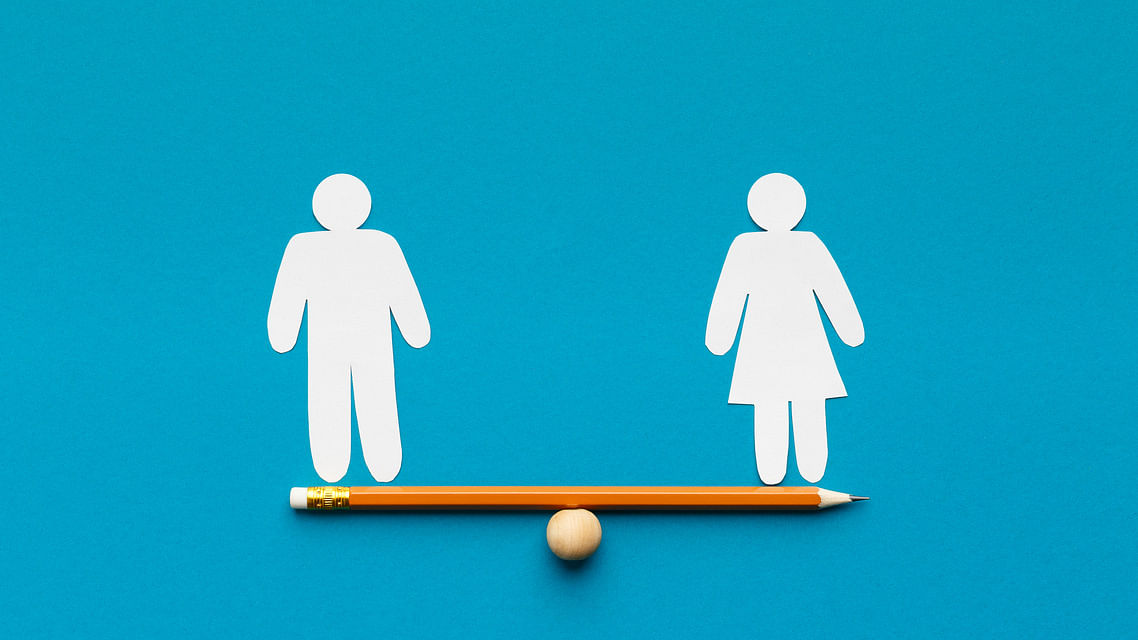
Over the last week, two reports on labour participation point to the fact that the majority of Indians, and women, in particular, are unhappy with their work-life. The burnout rates are high, forcing them to exit the labour force.
The first report, brought out by Mumbai-based research firm Centre for Monitoring Indian Economy (CMIE), is India-specific and states that, at present, more than half of the 900 million workforce in India do not want a job.
According to this report, the overall labour participation rate (LPR) fell from 46 per cent to 40 per cent between 2017 and 2022. During the same period, 21 million women permanently left the workforce.
According to the CMIE, a fall in the LPR shows a lack of growth in employment opportunities. As the working-age population grows, job opportunities also need to grow. If job opportunities do not grow in tandem with the working-age population, there will be a fall in the LPR.
The second report — Women@Work 2022: A Global Outlook — brought out by Deloitte is based on a survey of 5,000 women across ten countries, out of which 500 were from India. The findings of this survey are global in nature. According to this report, nearly 56 per cent of women said their stress levels today are higher than what they used to be a year ago. Almost half of these 5,000 women felt burned out, and many said they planned to quit jobs within the next two years.
According to the Deloitte report, the ‘great resignation’, a global phenomenon of people leaving jobs in a large number amid the ongoing pandemic, seems to continue, especially among women.
Interestingly, just days before these two reports were made public, Amitabh Kant, NITI Aayog’s CEO, had said: “India should aspire to become a high-income country by 2047, and this would need sustained economic growth year after year.” Citing the oft-quoted example of South Korea and China, Kant mentioned how the two countries managed to get ahead of India by growing at 10 per cent year after year. In 1947, South Korea and China had the same per capita income level as India. Today, South Korea’s per capita income is seven times India’s, Kant said.
Kant’s aspirations are divorced from what the two reports have to say — that the workforce is discouraged, and women are finding it exceedingly difficult to stay in their jobs. The reasons may be manifold, starting from a hostile work environment to patriarchy at home where men are unwilling to lend a helping hand. What also doesn’t help is our environment. Traffic snarls, lack of good public transportation, poor law and order, low pay scales, discrimination at the workplace and low skillsets end up making jobs a bigger drudgery.
Indian women have been leaving the workforce for nearly two decades now. According to the International Labour Organisation, between 2005 and 2014, the percentage of working-age Indian women in the workforce declined from 37 to 27 per cent. With a further reduction of 21 million, that percentage would have reduced even further.
It’s no secret that the pandemic has been harsh on women. The work-from-home model increased the double-burden of women — they had to be available for longer hours at work, besides answering doorbells, changing diapers and doing all household chores.
Overall, a demoralised workforce could mean India will find it difficult to reap its “demographic dividend”. This, in turn, means India will remain in the middle-income trap. And even after 100 years of Independence, Kant’s dream would remain a far cry.
Then again, higher incomes by themselves do little to reduce gender gaps. In fact, gender equality is at the heart of development. Back in 2018, the then IMF chief and French politician Christine Lagarde and Norwegian politician and former prime minister Erna Solberg had said in a joint paper that raising women’s participation in the labour force to the same level as men can boost India’s GDP by 27 per cent. For that to happen, the public, private, and social sectors will need to act to close the gender gaps in work and society.
The Deloitte report also found that women who work for gender equality leaders reported far higher levels of well-being and job satisfaction. Of the women who work for them (five per cent of respondents), 87 per cent said they received adequate mental health support from their employer, and the same percentage felt comfortable talking about their mental health in the workplace.
Therefore, gender parity is the right development objective. It’s smart economic policy. The government should encourage companies to make their workplaces more inclusive and their corporate policies more women-friendly. That could be our first step towards becoming a better society. Growth and development will take care of themselves.
(Swati Prasad is a freelance business journalist.)
Disclaimer: The views expressed above are the author’s own. They do not necessarily reflect the views of DH.